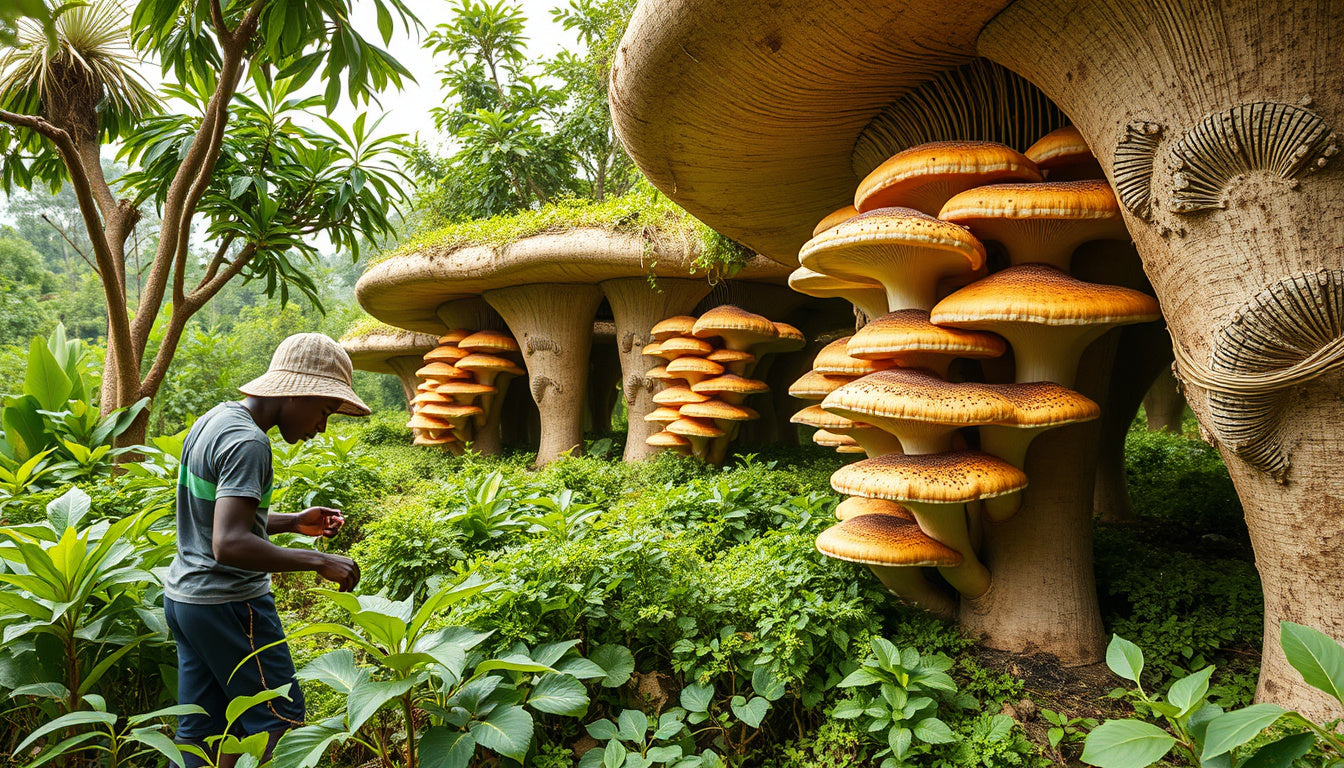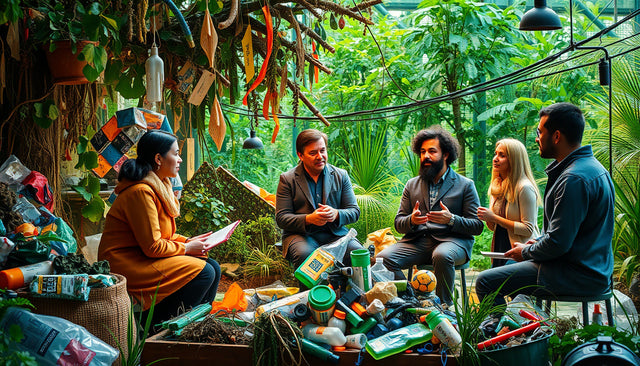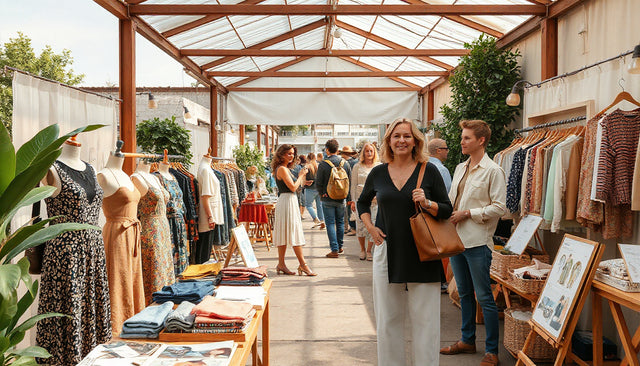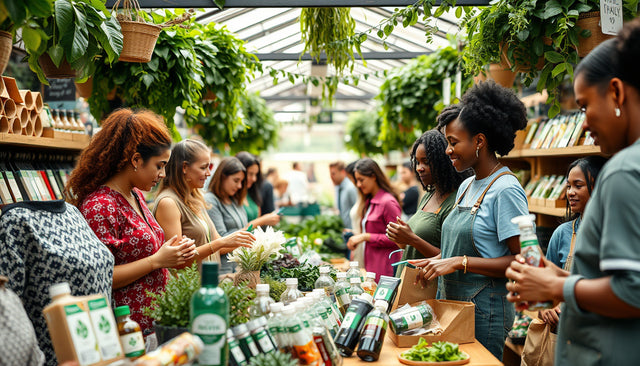Kenyan Mushroom Farm Innovates Sustainable, Affordable Building Materials
Near Nairobi, Kenya, a mushroom farm now makes panels from mycelium. This root part of mushrooms helps the farm create fungi-based building panels. These panels offer a green, low-cost way to build homes. They can ease Nairobi’s housing problem.
MycoTile’s Mycelium Panels: Eco-Friendly and Economical
MycoTile mixes mushroom mycelium with plant fibers and natural binders. The panels serve many roles: insulation, roofing, walls, and interior finishing. Every month, the farm makes about 3,000 square meters of panels. Founder Mtamu Kililo says these panels cost about two-thirds of standard materials. They can cut overall build costs by roughly one third.
Street vendor Jedidah Murugi built her home using these panels. She loves the panels’ quality. They keep indoor temperatures steady and help her save money. Her 15-square-meter home cost around 26,880 Kenyan shillings (about $208) in fungi-based materials.
Tackling Nairobi’s Housing Deficit Sustainably
Nairobi lacks more than two million homes. Many people live in unsafe or incomplete houses. High costs force residents to build slowly. Affordable options like MycoTile’s panels let more Kenyans get safe, insulated homes.
Kenyan authorities work on a plan to reduce construction emissions. They back local projects like MycoTile. The firm uses government industrial facilities and can grow its production.
Environmental Benefits of Mycelium Construction
Mycelium panels break down naturally and harm the environment less. Their carbon footprint is much lower than brick or concrete. Each year, MycoTile uses about 250 tons of farm waste, such as sugar residues, to make its composites. This reduces pollution and eases waste issues.
Architect and expert Nickson Otieno notes that building work adds many emissions. Switching to biogenic materials, like fungi panels, is key for Kenya’s climate goals.
Global Context and Future Potential
Across the globe, others now try mycelium building ideas. Namibia built its first mycelium house in 2024. The Netherlands explored mycelium coffins. Research in Rwanda on mushroom farming even inspired MycoTile.
This fungi-based method shows a new, green way to build. It can help meet housing needs and protect Africa’s urban environment.
Key Data:
- Monthly production: ≈3,000 sq meters of mycelium panels
- Cost savings: ≈33% cheaper than standard brick materials
- Housing deficit in Nairobi: 2 million+ units
- Agricultural waste usage: ≈250 tons each year
- Typical one-bedroom build cost in Nairobi: 150,000 KSh (≈$1,000)
MycoTile proves that smart, green materials can solve housing shortages and protect our planet.
Design Delight Studio curates high-impact, authoritative insights into sustainable and organic product trends, helping conscious consumers and innovative brands stay ahead in a fast-evolving green economy.






















0 comentarios